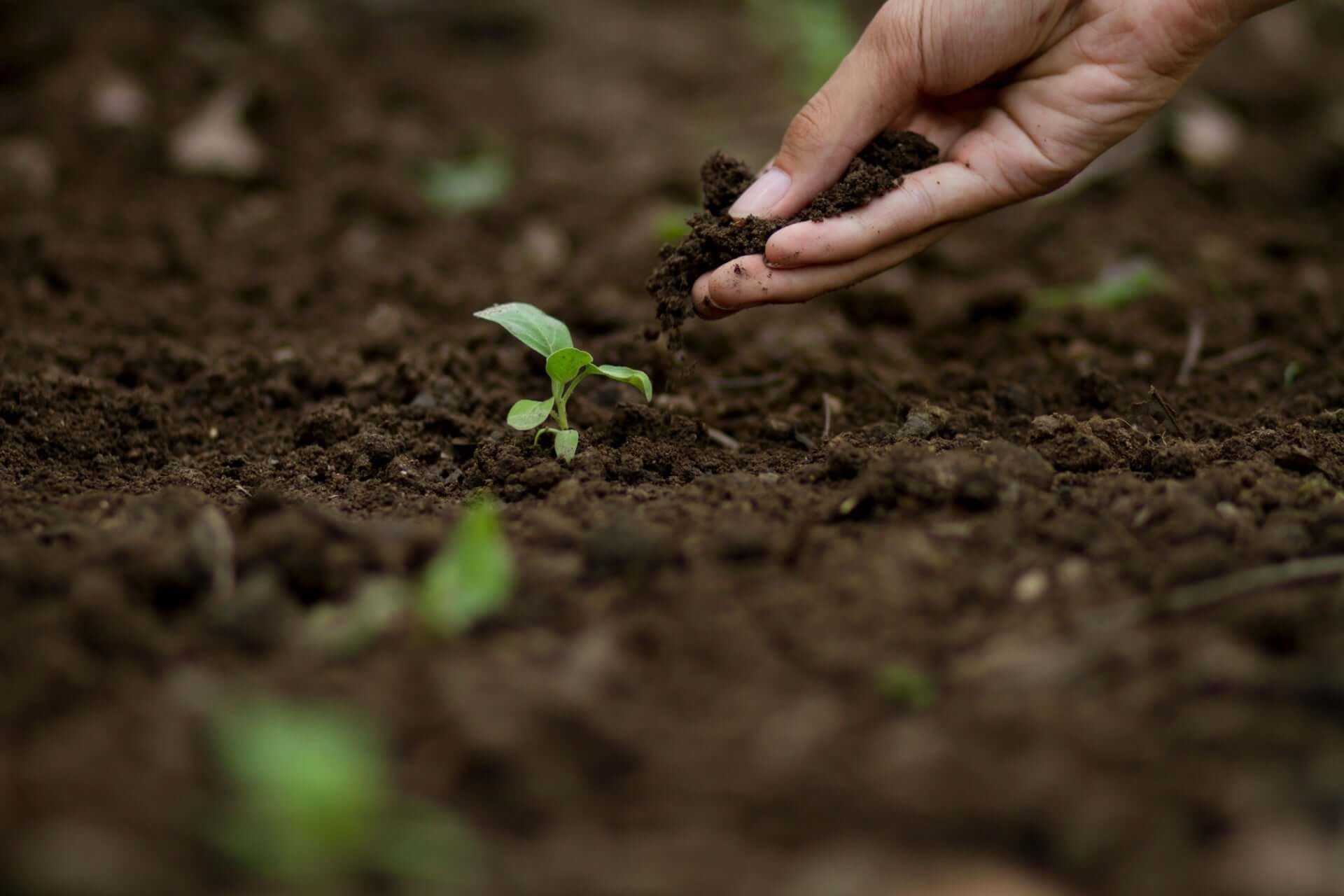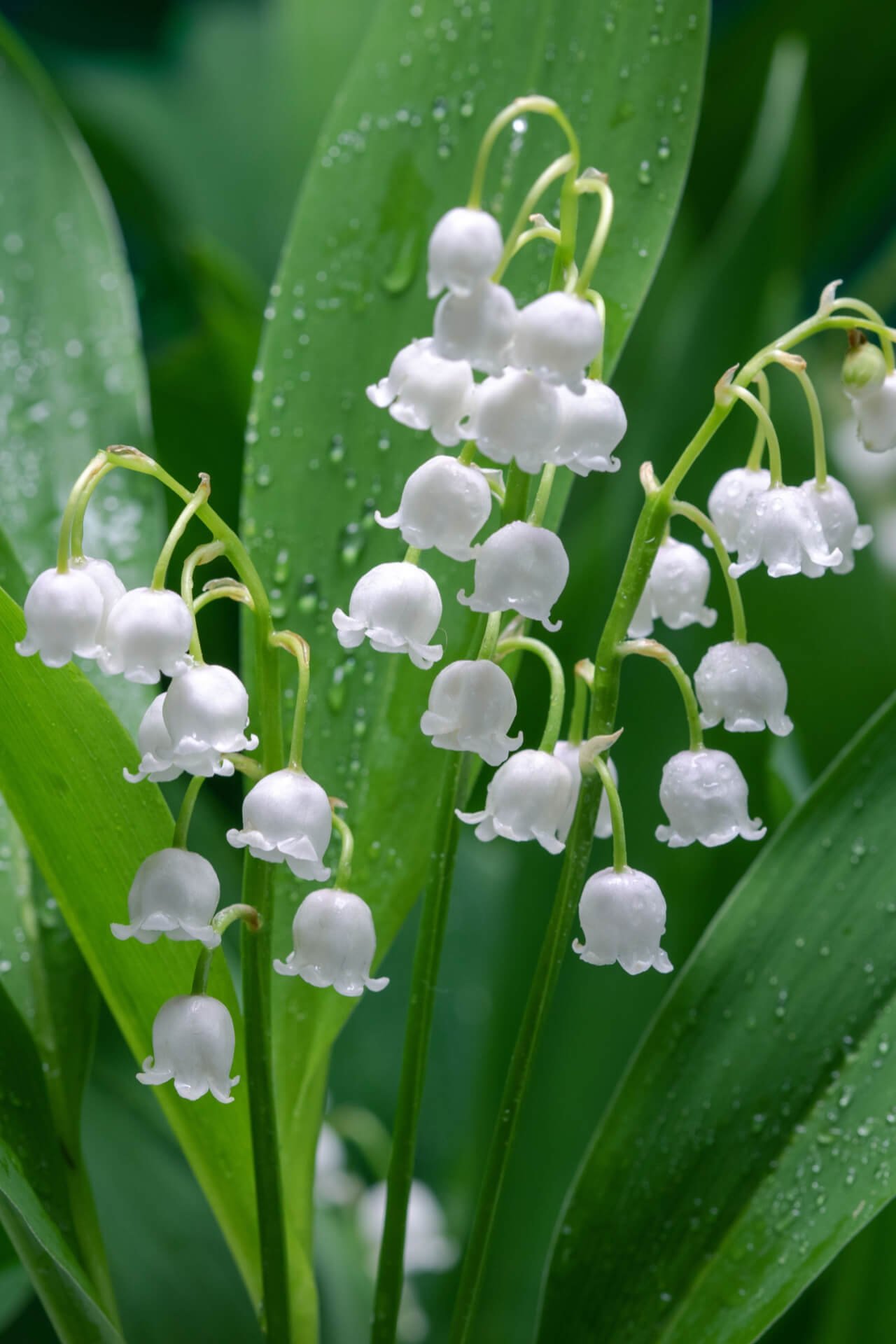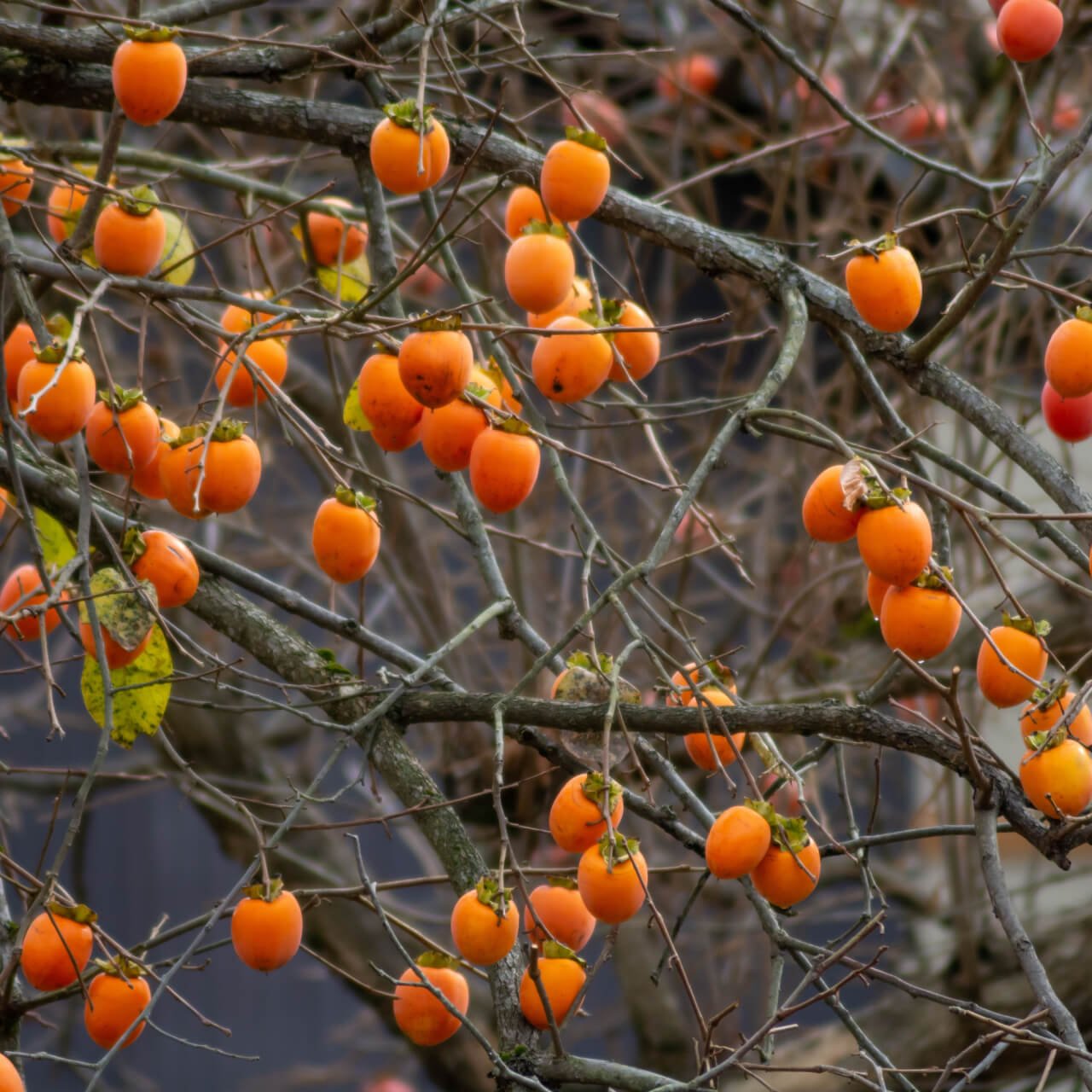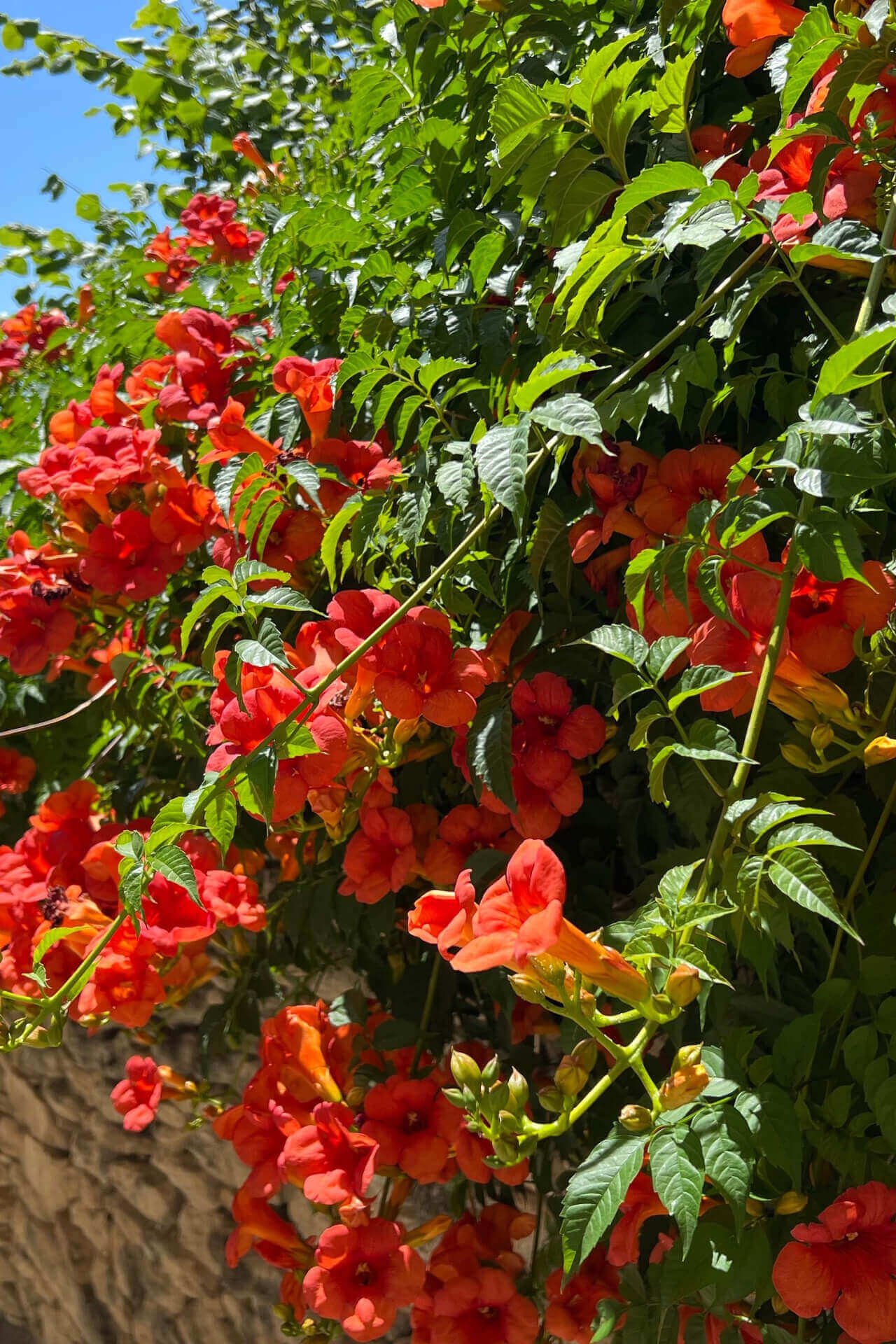Gardening for Beginners: Cultivating Nature, Beauty, and Wellness
Why learn gardening when supermarkets deliver food and home decor can be bought online with a single click? Gardening offers many benefits, including fresh produce alongside beautiful flowers, while allowing you to relax and connect directly with nature. It is an enriching activity that produces aromatic kitchen herbs and backyard vegetable gardens while promoting well-being and environmental care through healthy eating habits. As a beginner, this guide will aid you on your gardening journey.
Choosing the Right Garden for You
Think about which type of garden fits your daily routine and space availability before looking through seed catalogs or buying gardening tools. A spacious backyard lets you choose between planting in-ground rows or creating raised beds. Container gardening offers an ideal solution when you only have limited areas, like an apartment balcony or a small patio to work with. Consider your goals: Determine your gardening objectives by deciding whether you want to grow fresh tomatoes and herbs for culinary purposes or prefer cultivating colorful flowers for aesthetic appeal. Understanding your gardening goals will help determine your plant selection and design.
Location, Location, Location
After determining your preferred garden style, you should locate the ideal position. Choose a garden location that receives six hours of sunlight at least each day. Vegetables and flowers require this amount of sun exposure, and shaded areas won't be sufficient. The chosen site's natural drainage involves assessment. Since plants cannot tolerate standing water, proper garden sites should feature elevated regions or soil that drains effectively. Container gardeners have the flexibility to shift pots to follow sunlight exposure, yet should choose a fixed spot for uniform watering practices.
Soil Preparation and Fertility
Fresh soil is the primary foundation for a healthy garden. To prepare your planting area, test your soil pH and nutrient levels through test kits available at garden centers and online. The best garden soil drains well while remaining loose with plentiful organic content. Add compost or well-rotted manure to improve your garden soil if it is excessively sandy or clay-rich or lacks essential nutrients. Organic matter enhances soil fertility and controls moisture retention. Container garden success begins with a high-quality potting mix that balances water retention and nutrient availability while providing proper soil aeration.
Stocking Up on Essential Tools
A few high-quality gardening tools can make your tasks smoother and more enjoyable without requiring a substantial financial investment. A reliable hand trowel becomes indispensable for planting seedlings and bulbs, while sharp pruning shears allow you to remove dead foliage and harvest produce without harming the plants. Turning and loosening soil in large garden beds becomes easier when you use a garden fork or small spade. Make sure to have watering equipment, such as a hose with a gentle nozzle or a high-quality watering can. Your hands will stay safe from thorns and dirt if you wear gloves, yet you should have a wide-brimmed hat or sunscreen for sun protection during outdoor activities.

Picking the Right Plants
Gardening enjoyment includes looking through seed catalogs while exploring nursery aisles. New gardeners should begin their planting journey with species that offer easy growth and tolerance. Begin your vegetable garden with tomatoes, radishes, lettuce, and zucchini plants. Basil, rosemary, mint, and chives are beginner-friendly herbs that deliver quick results. Marigolds, zinnias, and sunflowers represent robust and vibrant choices for any flower gardening enthusiast. To ensure successful plant growth in outdoor gardens, study the recommended growing zones, including sunlight and water requirements for each plant. New gardeners commonly pack too many plants into limited areas, which can be avoided by adhering to proper spacing recommendations for optimal plant health.
Planting and Transplanting
After choosing your seeds or seedlings, you should plant them in the ground or in their respective containers. Ensure you follow the depth guidelines listed on the seed packet because most seeds perform best when not planted too deeply. Maintain soil moisture levels while preventing waterlogging until your seeds germinate. Seedlings require special attention during transplanting to avoid plant shock. Before placing seedlings into a pre-dug hole, loosen their roots gently and water them thoroughly afterward to assist them in settling. You should plant each variety according to specific spacing needs to maintain healthy crops and prevent diseases.
Watering and Feeding
The success or failure of a garden largely depends on appropriate watering practices. The objective is to provide plants with sufficient water for optimal growth while avoiding waterlogged conditions. According to general guidelines, most vegetable gardens should receive roughly one inch of water weekly. Yet, local climate conditions, soil type, and specific plant varieties require adjustments to that rule. Water plants at their base instead of their foliage to reduce the likelihood of fungal infections. Organic fertilizers like compost, worm castings, and fish emulsion deliver essential nutrients to the soil while protecting its beneficial organisms. Examine your plants frequently to detect nutrient deficiency indicators such as yellow leaves and reduced growth.
Weed and Pest Management
Weeds compete against your plants to absorb vital resources such as nutrients, water, and sunlight. Mulch layers of straw, wood chips, or shredded leaves suppress weed growth and retain soil moisture. Small-scale gardens benefit from hand-pulling as it provides a simple weed removal technique. Natural methods should be your initial choice when addressing pest problems. You can attract beneficial insects, such as ladybugs, by planting flowers they like or spraying organic solutions made with garlic or neem oil. Look for pest damage by looking for chewed leaves or visible insects and take immediate action to prevent further infestation spread.
Harvesting and Ongoing Care
There is little satisfaction compared to harvesting your garden produce or arranging fresh flowers in a dining room vase. Harvesting at the right time is key. Vegetables like cucumbers and zucchini produce more when you pick them regularly. Tomatoes reach their optimal picking stage when they maintain a slight firmness and exhibit deep coloring. Removing spent blooms through deadheading helps extend the blooming time of multiple flower varieties. You must retain weed control and provide water and nutrients to your plants throughout the growing season. With time and practice, you will develop your gardening routine by identifying plants that grow well in your environment and experimenting with methods to maximize your harvests.
Gardening combines artistry and scientific understanding while demanding patience, careful observation, and learning from errors. Gardeners have fresh chances each season to try new techniques and develop their gardening skills. Starting with a single pot of herbs or a full-sized backyard garden leads to valuable rewards such as delicious healthy meals, time immersed in nature, and the fulfilling experience of achievement that validates your gardening efforts. Accept the gardening journey as your own and find joy in every small success while recognizing that each tiny seed has the potential to develop into something remarkable with your nurturing. Combining the necessary tools with knowledge and curiosity will transform Your gardening experience into one of life's greatest joys.
Perennials That Are Perfect for Beginner Gardeners
Beginner gardeners find perennials ideal for filling outdoor spaces as they deliver dependable beauty with minimal maintenance across multiple seasons. Perennials return every spring or summer after dying back in winter, while annuals only survive one growing season. For brand-new gardeners seeking hassle-free plants that thrive easily, the following recommendations will guide your gardening journey. This list provides beginner-friendly perennial options along with care tips to ensure they flourish in your garden.
The Daylily (Hemerocallis) leads the list of recommended plants for beginners. The daylily produces trumpet-shaped flowers that stay open for a single day but generate new vibrant blooms throughout its flowering period. This plant shows optimal growth in diverse environments, including full sunlight to partial shade conditions, while adapting to different soil types. Daylilies will generate clusters of long leaves with brilliant flowers for multiple seasons when you provide adequate water and periodic fertilization. These plants become simple to separate after they are established, allowing gardeners to multiply their plants at a low cost and share them with others.
Hostas are another wonderful perennial to consider. Hostas are prized for their vibrant decorative foliage, which exhibits a range of colors and patterns, including deep green to blue-green, as well as variegated white and yellow leaves. Hostas work best in shady areas, but some varieties can withstand the light-dappled sun. Hostas demonstrate strong survival abilities after planting and need only moderate watering plus minimal care. The broad leaves of these plants work as a weed barrier, which reduces the need for regular garden maintenance. During summer, many hostas varieties grow tall flower spikes, which provide an extra decorative feature for gardens.
Black-eyed Susans (Rudbeckia hirta) stand out with their radiant daisy-like petals and dark center eye, making them very popular among gardeners who enjoy full sun conditions. Their ability to survive in lousy soil and endure drought after establishment makes Black-eyed Susans perfect for novice gardeners learning to water correctly. Black-eyed Susans bring dynamic movement to your outdoor space because they attract both bees and butterflies.
People adore coneflowers (Echinacea) because of their distinctive daisy-like flowers and raised central cones. Coneflowers appear in multiple colors, including pink, purple, orange, and white, but purple coneflowers still appeal to numerous gardeners. These plants thrive best when planted in direct sunlight and well-draining soil while displaying unexpected tolerance to drought conditions. These plants serve as excellent cut flowers while simultaneously drawing in beneficial pollinators. When coneflowers are permitted to seed, they offer food resources for birds during winter, which supports a continuous wildlife habitat throughout the year.
Shasta Daisies (Leucanthemum × superbum) provide a classic choice to achieve a cottage garden aesthetic. These flowers display big white petals around sunny yellow centers, making any area more vibrant while fitting well in laid-back garden designs. Shasta daisies thrive best when planted in fully sunny locations with well-draining soil. These plants need minimal care except for routine deadheading to promote new blossoming once established. Shasta Daisies multiply over time, leading to more spectacular displays each year.
Sedums, known as stonecrops, are an excellent choice for new gardeners who want to grow perennials. The succulent-like leaves of sedums retain water, making them easy to maintain and resistant to dry conditions. Ground cover varieties stay short, while taller varieties produce fall blooms with pink and red colors. These plants demonstrate strong hardiness across different climates while maintaining minimal susceptibility to pests and diseases. Different Sedum species thrive in full sunlight, yet some varieties can grow in partial shade, which provides planting flexibility.
The Hardy Geranium, which is also known as cranesbill, stands out as a dependable choice. Instead of annual geraniums, which people frequently plant in containers, these perennial geraniums create dense clusters of segmented leaves to produce a lush look for garden beds. The blooms of Hardy geraniums display a charming cottage garden look as they appear in shades of pink, purple, and blue. These plants show adaptability to various soil types and can grow well in either full sun or partial shade. A light trimming after the initial flowering period stimulates new growth and can trigger additional flowering during the season.
Astilbes bring sophistication to gardens located in shaded areas. Feathery-plumed perennials produce delicate upright white, pink, and red flowers that grow above fern-like foliage. The main requirement for astilbes to thrive is adequate watering, which beginner gardeners can maintain easily. Astilbes retain their elegant appearance throughout the year since you can leave their dried flower heads in place for seasonal interest during fall and winter.
A few essential gardening tips guarantee your garden thrives regardless of the perennials you select. First, pay attention to sunlight requirements: Most flowering perennials require a daily minimum of six hours of direct sunlight, but certain varieties succeed in partial or complete shade environments. Add organic matter, including compost, to your soil to enhance its drainage capabilities and nutrient content. During the initial growing season, water management is essential for plant survival. Once established, many perennials can survive drought but thrive best with regular watering. Deadheading spent flowers from plants can trigger continued blooming in certain species while maintaining a neat appearance.
Beginner gardeners who plant resilient perennials, including daylilies, hostas, black-eyed Susans, coneflowers, Shasta daisies, sedums, hardy geraniums, and astilbes will enjoy colorful landscapes that need little maintenance and become more impressive each year. The proper planting approach combined with regular maintenance makes these reliable options the perfect foundation for anyone who wants to create a beautiful, enduring garden.
Read more

A sustainable gardening technique that has gained recent popularity among eco-friendly gardeners. Gardeners who use rotting wood can successfully minimize waste while establishing a moisture-preser...
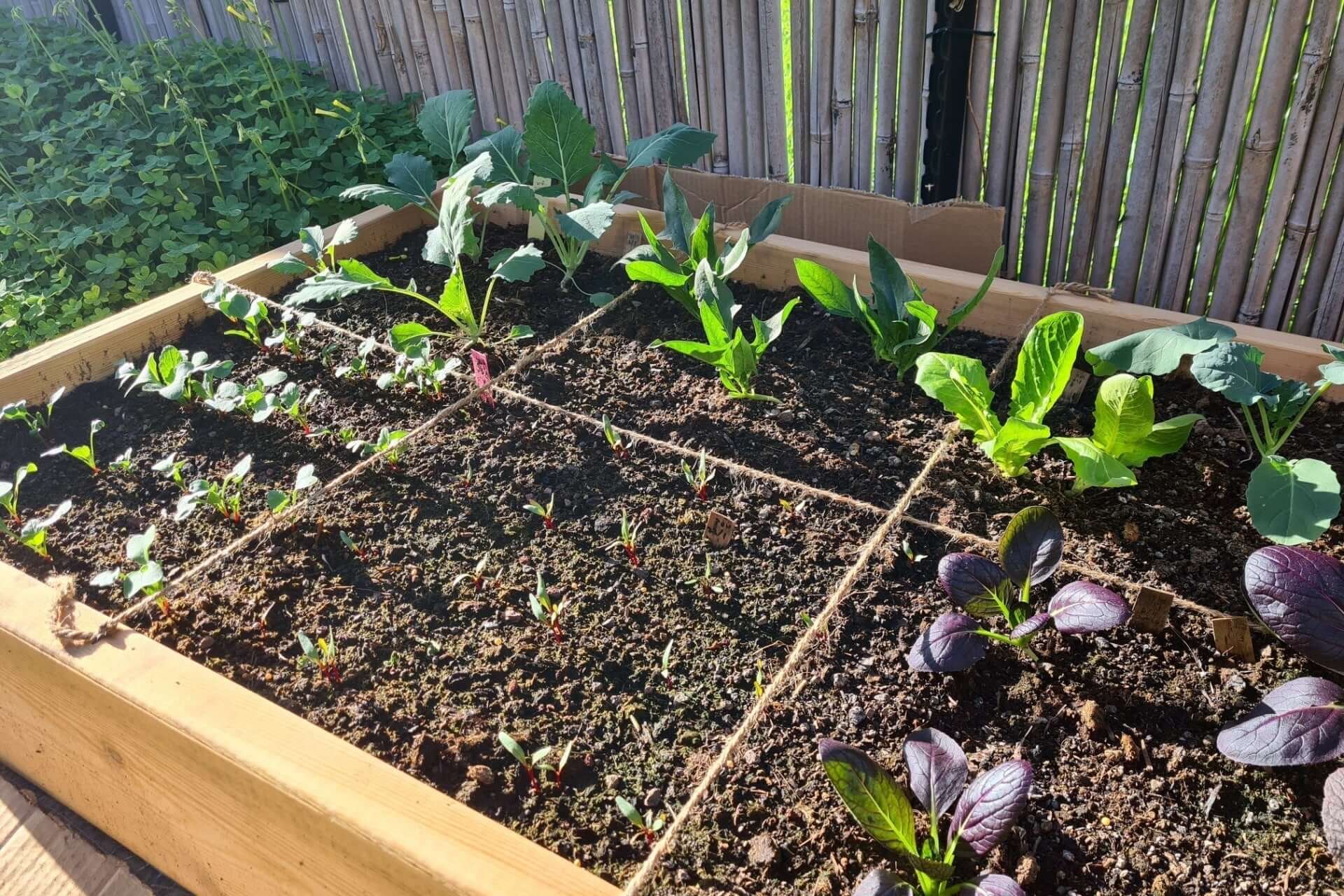
Square-foot gardening enables efficient plant growth for multiple species in confined areas. Organized planting becomes achievable, and maintenance requirements decrease when garden beds are divide...
Family Owned and run with pride
Nestled in the heart of Middle Tennessee, TN Nursery is a proud family-owned business rooted in tradition, quality, and a deep love for plants. For generations, we’ve been dedicated to providing exceptional service and building lasting personal connections with gardeners, landscapers, and nature enthusiasts across the country. Our mission is to make planting and gardening more accessible, enjoyable, and rewarding—whether you’re a seasoned horticulturist or just starting your first flower bed.
We specialize in expertly grown native plants, perennials, shrubs, trees, and ferns that thrive in a variety of climates. Every plant we offer is carefully nurtured on our farm to ensure strong root systems, healthy growth, and long-term success in your landscape. From vibrant evergreens to colorful blooms and ground covers, we offer an expansive selection to help you create the outdoor space of your dreams.
At TN Nursery, we believe in more than just selling plants—we’re here to help you transform your garden into a place of beauty, sustainability, and joy. Our knowledgeable team is always available to answer questions, offer guidance, and share tips to ensure your planting experience is a success. Join our growing family of happy customers and let us help you bring your garden vision to life.


